Levels of Textile Production
According to Eva Andersson Strand, four different levels of textile production can be distinguished.
For household production, the production only covers the household's own needs and skills and knowledge are on a basic level. The household members did not work full time on textiles and raw materials were commonly accessible. With household industry, household members produced more than they needed, although they still did not work full time and knowledge and skills were still basic. The buyers either supplied them with the raw material or there was a surplus of it. Attached specialist production resulted in high quality products which could be used as desirable gifts. Specialists with high skills worked full time and needed the support of patrons. The raw material was of better quality. In workshops, textiles were produced for the direct market by craftsmen/-women working on a full time basis. The items used were practical and standardized and the production volume high in order to meet the great demand for the products.
Whatever the level of textile production was, there were always certain steps one had to go through before a textile was finished. We explore those steps and present everything we have worked with so far on the markets and our website.
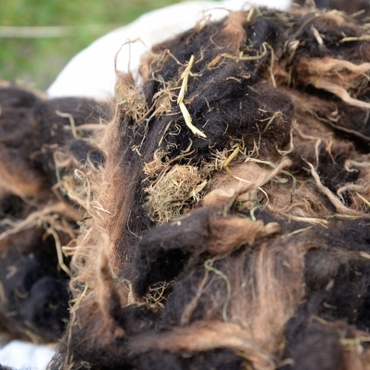
Raw Wool
The raw wool contains everything left in there when the sheep is shorn. Including insects, flora and things from the stable floor.
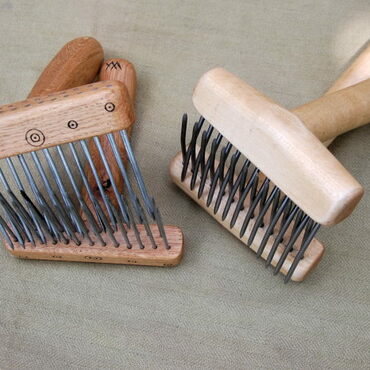
Combing
By combing, the wool is being prepared for spinning.
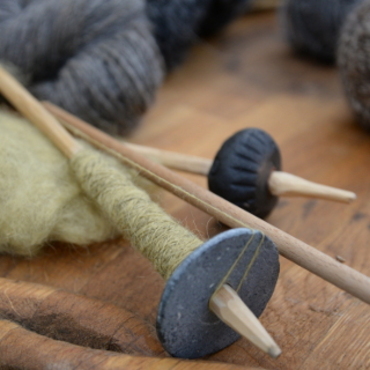
Spinning
With the spindle, the wool is spun into a thread.
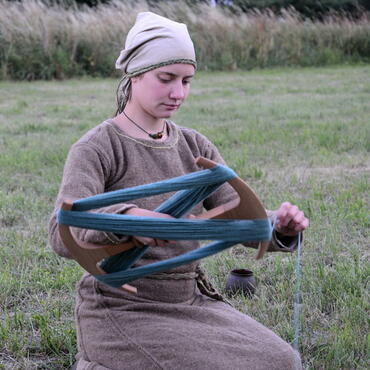
Using a niddy noddy
After spinning, the yarn might be wound onto a niddy noddy.
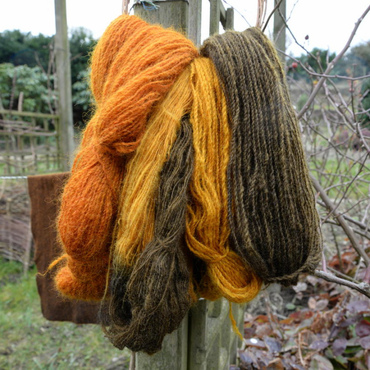
Dyeing
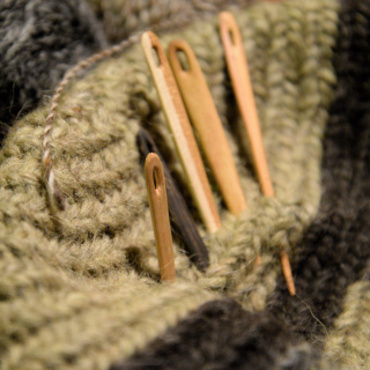
Nalbinding
Different garments can be produced with this old technique.

Sewing
Finally, pieces of cloth are sewn into garments.